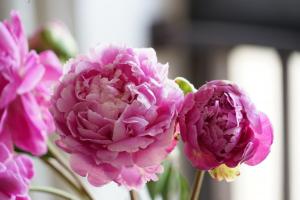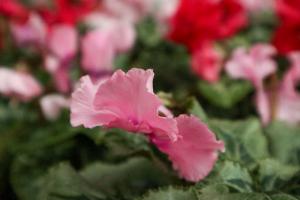Do Succulent Plant Pots Need Drainage Holes?
Succulent plants are becoming increasingly popular due to their unique shapes, low maintenance requirements, and ability to add a touch of greenery to any indoor or outdoor space. However, many people are unsure about whether their succulent plant pots need drainage holes.
The Importance of Drainage Holes
If you are planning to grow succulent plants or any other type of plant, it is essential to have proper drainage in your pots or containers. The drainage holes allow excess water to escape, preventing the roots from becoming waterlogged and causing root rot.
Without drainage holes, the water will collect in the bottom of the pot, and the roots will soak in the water, eventually leading to their death. This is why it is crucial to ensure that your plant pots have adequate drainage holes before planting your succulent plants.
The Risks of No Drainage Holes
If you are still unsure of whether your succulent plant pots need drainage holes, it's important to understand the risks of not having them. Succulent plants are native to arid and semi-arid regions, where they grow in well-draining soil and receive little rainfall.
Because of this, succulent plants are not adapted to withstand prolonged exposure to excess water. When you overwater succulent plants and there is no drainage, the soil will be constantly damp, and the roots will be suffocated.
As a result, the succulent plant will become stressed, and the leaves may start to turn yellow or brown. If the plant is not given the proper care and attention, it may eventually die.
How to Ensure Proper Drainage
When planting succulent plants, make sure to use a plant pot or container with drainage holes. This will allow the excess water to drain out of the pot and prevent root rot.
If you already have a pot that you want to use but it doesn't have drainage holes, you can create them yourself. All you need is a drill and a drill bit that is the appropriate size for your chosen pot material. Carefully drill holes in the bottom of the pot, making sure not to crack or damage it.
When planting your succulent plants, add a layer of rocks or gravel to the bottom of the pot to help with drainage. This will create space for excess water to flow out of the pot, preventing water from accumulating in the soil.
Conclusion
In conclusion, succulent plant pots do need drainage holes. Proper drainage is essential for the health and wellbeing of succulent plants. Without drainage holes, the plant will become waterlogged, leading to root rot and eventually death.
When choosing a pot for your succulent plants, make sure it has drainage holes, or you can create them yourself. By ensuring proper drainage, you can help your succulent plants thrive and bring greenery to your home or garden.

 how many times do yo...
how many times do yo... how many planted tre...
how many planted tre... how many pine trees ...
how many pine trees ... how many pecan trees...
how many pecan trees... how many plants comp...
how many plants comp... how many plants can ...
how many plants can ... how many plants and ...
how many plants and ... how many pepper plan...
how many pepper plan...































